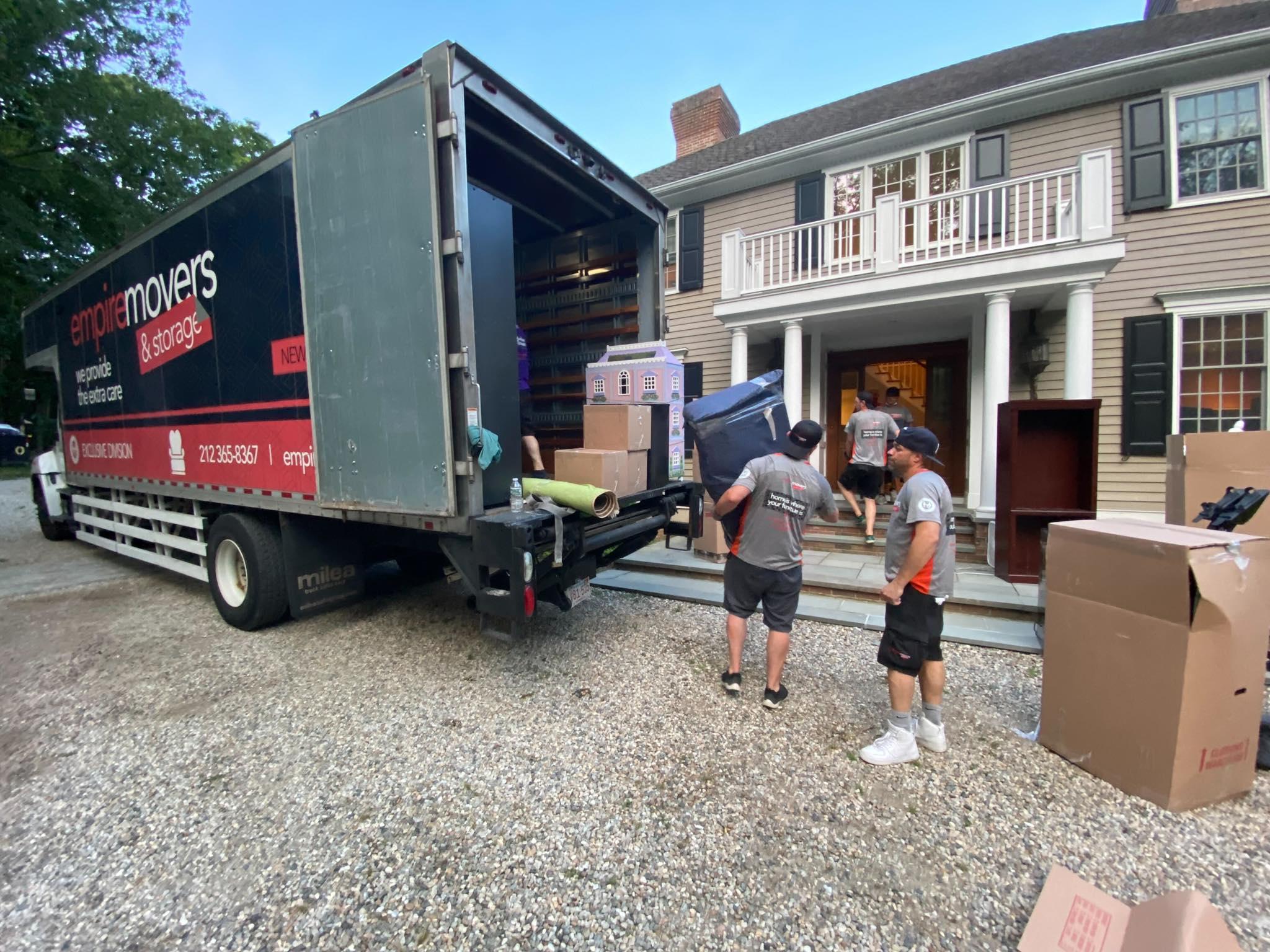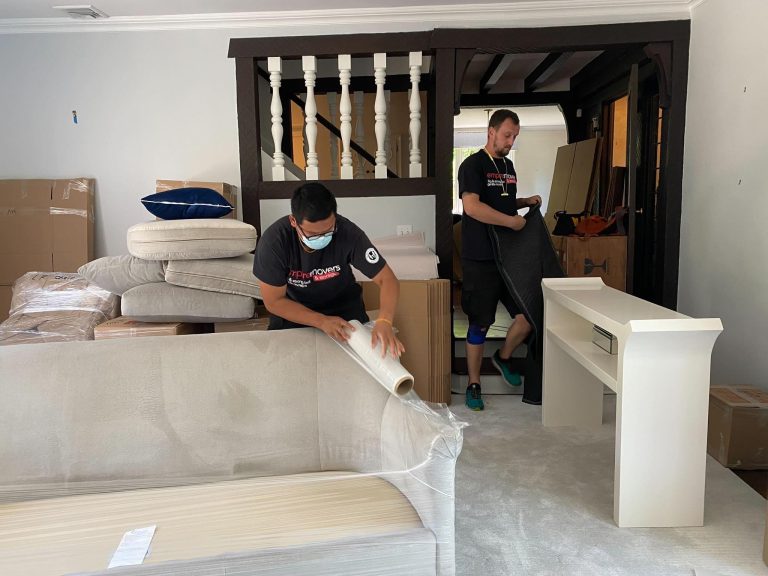Interior design projects can be complex, with multiple moving parts that require coordination and management. From selecting materials to coordinating deliveries, managing logistics can be a daunting task. This is where a receiving warehouse can provide invaluable support. In this article, we will explore the benefits of using a receiving warehouse for interior designers in New York City, and how it can help take your projects from concept to completion.
Benefits of Using a Receiving Warehouse for Interior Designers
Organization and Storage
One of the primary benefits of using a receiving warehouse is enhanced organization and storage. With a dedicated space to store and organize materials, interior designers can save time and effort by easily locating and retrieving materials when they need them. Additionally, a receiving warehouse provides ample storage space for materials and supplies, freeing up space in your studio or workspace.
Inventory Management
A receiving warehouse can help interior designers manage their inventory efficiently, ensuring that they always have the necessary materials on hand for their projects. This reduces the risk of running out of supplies or overordering, both of which can be costly and time-consuming. By utilizing a receiving warehouse’s tracking and inventory management systems, designers can keep track of their materials and ensure that they are well-stocked for their projects.
Efficient Logistics and Distribution
Another significant advantage of using a receiving warehouse is the streamlined logistics and distribution it provides. With a dedicated space for deliveries and pickups, interior designers can minimize disruption to their workspace and workflow. The loading and unloading capabilities of a receiving warehouse can also save time and effort on large projects, allowing designers to focus on the creative aspects of their work.
Cost-Effective
Using a receiving warehouse can be cost-effective for interior designers. By consolidating shipments and taking advantage of bulk discounts, designers can save money on materials and supplies. Additionally, using a receiving warehouse can help designers take on larger projects and more clients, which can increase profitability in the long run.
Case Studies: Interior Designers in NYC Utilizing Receiving Warehouses

Many interior designers in New York City have already recognized the benefits of using a receiving warehouse. For example, a high-end residential interior design firm used a receiving warehouse to store materials for a large renovation project. By utilizing the warehouse’s loading dock and storage space, the team was able to receive and organize materials efficiently, freeing up time and space in their studio.
Another interior design firm used a receiving warehouse to store furniture and materials for a large-scale commercial project. By utilizing the warehouse’s delivery and pickup services, the team was able to manage the logistics of the project effectively, minimizing downtime and keeping the project on track.
Choosing the Right Receiving Warehouse for Your Needs
When selecting a receiving warehouse, there are several factors to consider. Location is an important consideration, as you want to choose a warehouse that is convenient for your clients and vendors. Security is also a critical factor, as you want to ensure that your materials are safe and secure.
Storage capacity is another key consideration, as you want to choose a warehouse that can accommodate your needs both now and in the future. You should also consider the warehouse’s loading and unloading capabilities, as well as any additional services, such as tracking and inventory management.
Conclusion
A receiving warehouse can provide invaluable support for interior designers, helping to streamline logistics and distribution, manage inventory, and provide additional storage and organizational space. By utilizing a receiving warehouse, interior designers can save time and effort, reduce costs, and take on larger projects and more clients. If you’re an interior designer in New York City, consider incorporating a receiving warehouse into your logistics and project management strategy to take your business to the next level. With so many benefits, it’s no wonder that receiving warehouses has become an essential tool for many interior designers.

